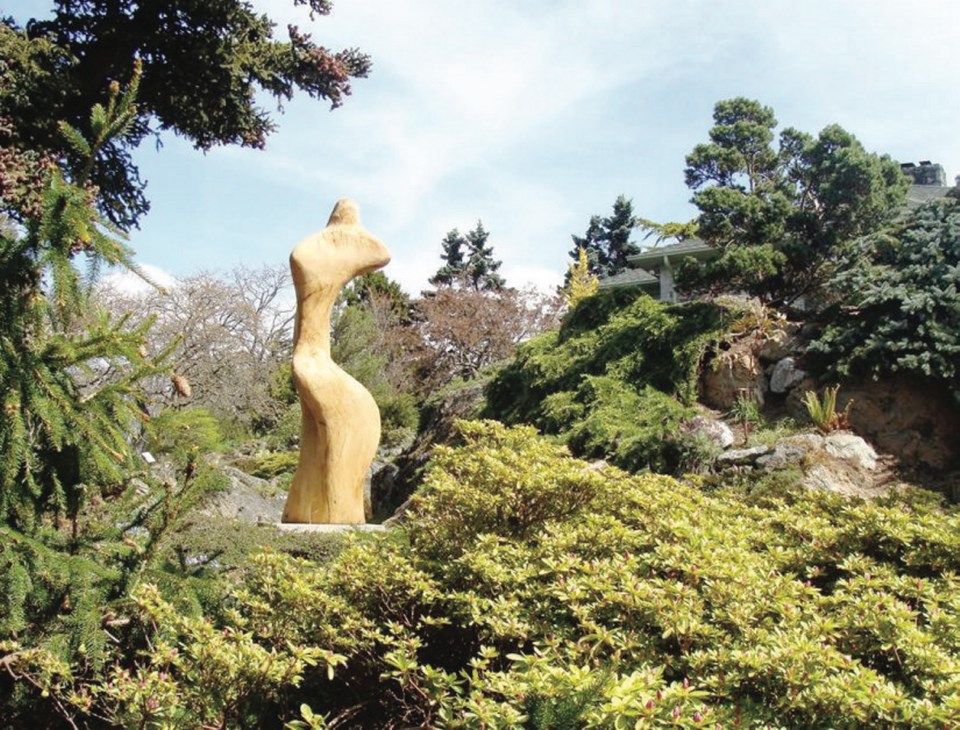On a sunny afternoon I got on my bike, and got up to date with a few of the galleries in town.
First stop, the Martin Batchelor Gallery. Martin is proprietor of his eponymous gallery and exhibits a wide range of artists, one at a time, while working on picture framing at the back. At the moment he is preparing a significant exhibit in conjunction with the estate of David Toresdahl, to be seen at the gallery later this summer.
Toresdahl was born in Minnesota in 1939. He came of age in California, graduating with a Masters degree in sculpture from the University of California at Fullerton in 1967 and found fired clay a suitable medium for his message. At the time, ceramic artists in America were absorbing Japanese esthetics, abstract expressionist painting and the West Coast equivalent of Pop Art, which was called Funk Art. From such a cauldron of influences, Toresdahl developed a gritty, funny realism that had no truck with classicism or formalism. In his day the work looked raw and uncompromising.
Which it still does — yet now I feel that I can more calmly look at and appreciate the work of this challenging artist. Since he’s gone, it’s easier to let down my guard and enjoy this creative endeavour. Toresdahl’s work reveals a mystery and a profound existential angst which is very much of its time. His shapes and creatures were created in the shadow of the bomb. I’m looking forward to learning more about him.
If you have something to contribute to this new assessment of the work of David Toresdahl, contact Martin Batchelor at 250-385-7919.
Madrona Gallery is always on my route. Gallerist Michael Warren welcomes me to this gallery, always brimming with the tangible evidence of his passion for art. This gallery is already the go-to place for Inuit art, both old and new, prints and carvings, and the drawings of Inuit sensation Ashoona Shuvinai.
On my recent visit, I noticed that leaning against Warren’s desk were three pastels by Joe Plaskett. These were early works – 1950s and 1960s in the main. Warren has been collecting early Plaskett works for five years in preparation for this show, which officially opened May 3 at Madrona.
Plaskett, born in 1918, is Canada’s most famous Parisian. As a young man from New Westminster, Plaskett got the best art education Canada could offer and then decamped for the Continent. Arriving in Paris in 1957, his eyes wide with wonder, Plaskett made subtle pastel sketches of scenes that he fell in love with. The bridges of Paris, gondolas jostling at St. Mark’s in Venice — ah, to be young and in love!
Warren told me that his best hunting ground for early Plasketts on the secondary market is the capital city, Ottawa. Many civil servants visited this artist in his legendary medieval apartment at 2 rue Pecquay in Paris and brought home a sublime souvenir. The catalogue of the show is online, but I warn you: by now the best of them have already been snatched up.
In response to my review of the book J. Fenwick Lansdowne, his son Tristram wrote to tell me that the official book launch will take place June 7 at Winchester Galleries in Oak Bay. That’s just across the street from The Oaks Restaurant, formerly the Blethering Place, where Lansdowne started his day before repairing to his studio on Victoria Avenue. The book launch will be accompanied by an exhibition of Lansdowne’s watercolours and pencil studies, and also young Tristram’s paintings.
More than one person wrote to me to express their disappointment with a temporary installation of public art that I reported on two weeks ago. They took exception to “those sculptures being plunked into Abkhazi Garden.” The sculptures are large, simple figurative carvings in cedar by Michael Dennis of Saltspring Island, and are presented here by the Celia Duthie Gallery, also of Saltspring.
Those who wrote to me didn’t show much appreciation for Dennis’s carvings, and they took particular exception to the placement of them. “That view across the rocks from the south lawn up to the summerhouse was the vision and ‘the art’ of Peggy Abkhazi working with her chosen landscape,” one reader wrote. “It is not the frame for the introduced work of another.”
The writer identified a lower vantage point from which one can look across the central sweep of the garden, to see a landscape suggestive of the rocks, water and clouds of a Chinese brush painting. “It was minimalist,” she enthused, and on a small scale suggested “distances that went on forever. Not any longer — with the sculpture smack in the middle of the frame, the magic is lost.”
I don’t expect that The Land Conservancy expected an uproar when they added these eight carvings to the many splendours of Abkhazi Garden. But here in Victoria, we take the vision behind our gardens seriously.
Martin Batchelor Gallery, 712 Cormorant St., 250-385-7919.
Joseph Plaskett: Early Works, at Madrona Gallery, 606 View St.,madronagallery.com, 250-380-4660, until May 17.
Fenwick Lansdowne book launch and exhibition, opening June 7 at Winchester Galleries, 2260 Oak Bay Ave., winchestergalleriesltd.com, 250-595-2777. (The book J. Fenwick Lansdowne is published by Pomegranate Publishing.)
Michael Dennis: Muses, at Abkhazi Garden, 1965 Fairfield Rd., through 2014.



